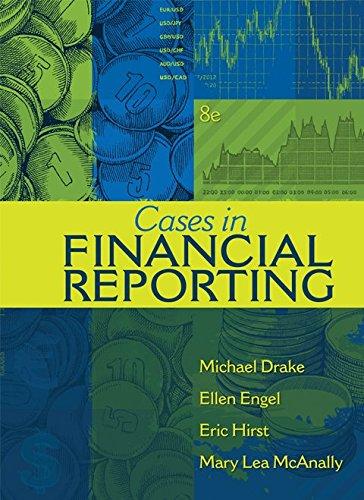Answered step by step
Verified Expert Solution
Question
1 Approved Answer
Prepare an incremental cash flow analysis worksheet for each project. 2. Compute the net present value (NPV) for each project using a cost of capital
Prepare an incremental cash flow analysis worksheet for each project. 2. Compute the net present value (NPV) for each project using a cost of capital range, where the range equals 8% through 32% (use increments of 2 percentage points). 3. Compute the internal rate of return (IRR) for each project. 4. Prepare an annotated net present value profile that clearly identifies the following: a. The NPVs for each project. b. The IRRs for each project (within 3 decimal places after conversion to percentage format). c. The precise (i.e., within 3 decimal places) crossover rate P R O P O S A L The production foreman for Sinclair Corporation has proposed the following two projects for minimizing costs and generating higher revenue: Expand current production capabilities by purchasing additional equipment. The following price quote has been identified: Base cost $515,000 Installation costs $ 98,000 Modifications $ 9,000 In addition, the following incremental cash flows have been identified: Increased revenue for the first year is expected to be $150,000. Revenue will increase at approximately 12% per year for the following four years. 2 Reduced operating costs for the first year are expected to be $92,000. Cost savings will diminish by 14% a year for the projects remaining four years. The new equipment will require $43,000 in specialized maintenance costs for the first year. These specialized costs will increase by 11% a year for the remaining four years. The new equipment will require an additional $33,000 in working capital. Working capital will be recaptured at the end of the investment horizon. The expected salvage value of the equipment at the end of the five-year investment horizon is $23,000. Additional information: The new equipment and the retooling costs are considered 5-year property for depreciation purposes. Sinclair Corporation utilizes the appropriate MACRS depreciation method for allocating capital costs. The applicable depreciation rates are shown below. a. Year 1: 31% b. Year 2: 22% c. Year 3: 14% d. Year 4: 16% e. Year 5: 13% f. Year 6: 4% The marginal corporate tax rate for Sinclair Corporation is 30%
Step by Step Solution
There are 3 Steps involved in it
Step: 1

Get Instant Access to Expert-Tailored Solutions
See step-by-step solutions with expert insights and AI powered tools for academic success
Step: 2

Step: 3

Ace Your Homework with AI
Get the answers you need in no time with our AI-driven, step-by-step assistance
Get Started


